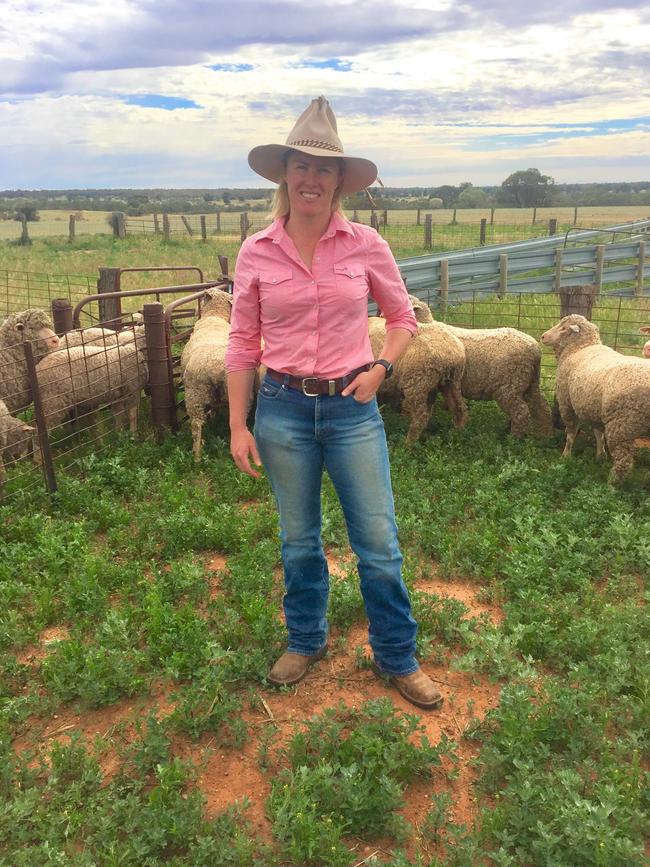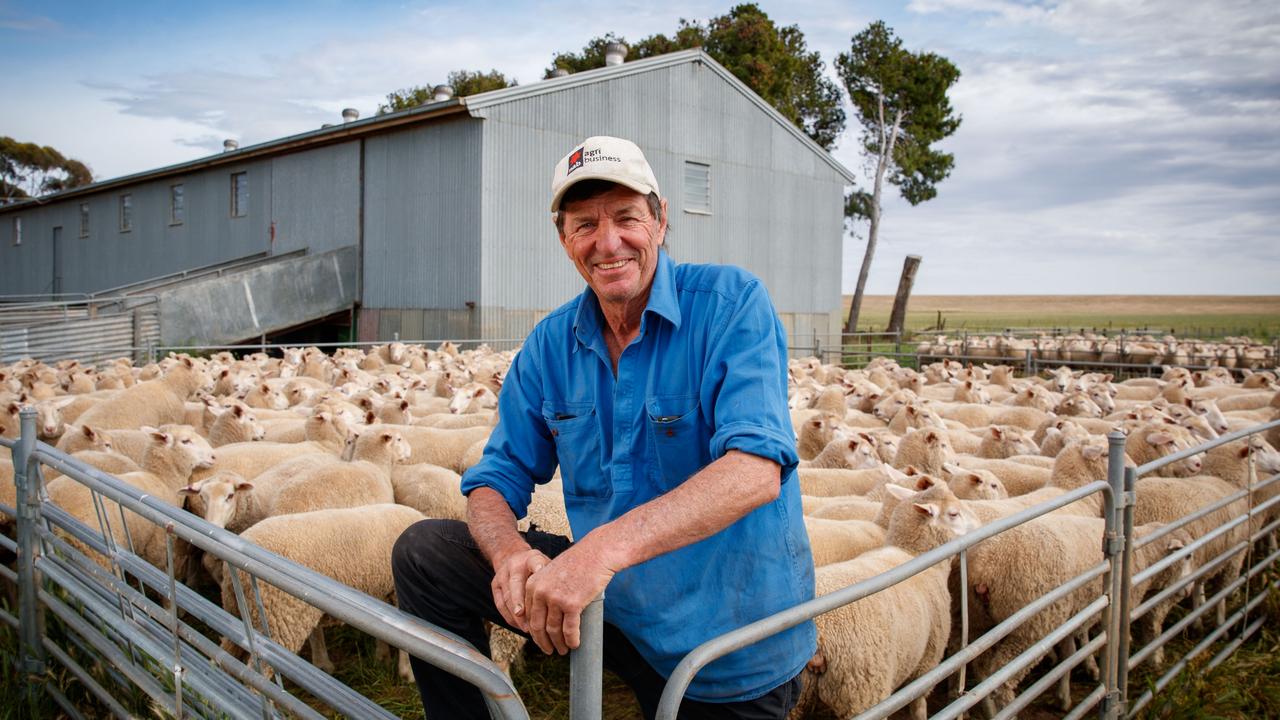How best to farm in dry climates, according to Darling Anabranch farmer
Efficiency is the catch-cry for a dry-climate livestock property in far-west NSW.
THE secret to farming in the at-times harsh environment of far-west NSW comes down to diversification, improving efficiencies and spreading risk.
That’s the view of Felicity McLeod, whose family runs a livestock business across 121,000ha of rangeland country at Darling Anabranch, between Broken Hill and Wentworth.
Felicity grew up on Coombah Station in far-west NSW, owned by her parents Andy and Fiona. She said she and brother Alex and sister Annabelle were “always part of the workforce … whether it was in the dusty sheep yards, on a broom in the woolshed, or following Dad over the red sandhills and through the Mallee scrub on a motorbike”.

“Occasionally this even included driving the tractor, working up the vast grey lakebeds in preparation for a cereal crop,” she said.
Her full-time involvement in the farming business came in 2015, while home at Coombah on a break from university studies. It was then the family decided to buy the neighbouring Tor Downs Station.
The business is now running Merino sheep, beef cattle and more recently Dorpers, as well as a rangeland goat population, across three properties.
Tor Downs is home to most of the family’s Merino flock, in a good season. Rainfall is described as unreliable, with a long-term average of 200mm a year, but this can fall to 75mm.
STUDY CENTRE
IN 2017 Felicity was awarded a Nuffield scholarship to study diversification in western NSW wool enterprises, including running multi-species enterprises, optimising use of available resources and managing livestock predation.
She travelled to Brazil, Denmark, India, New Zealand, Qatar, South Africa, the UK and the US, where she met with producers that “had diversified into everything from tourism to Oryx (antelopes)”.
On the predation front she was exposed to “trap yards and fencing dug four-feet into the ground to keep out coyotes”.
Following her Nuffield studies in 2017, Felicity returned to mustering stock for trucking out.
“Normally the task would have been lamb marking and crutching, but in the previous 18 months, a large portion of ewes and lambs, and nearly all cattle, had been sold due to a lack of rain,” she said.
In 2017 just 160mm fell on Tor Downs, “made up of 2mm and 4mm here and there, which does little for growing feed”. Last year just 111mm fell.
“This is not new,” Felicity said. “In the Western Division, the rainfall is at times well below-average and unreliable, with stock numbers managed on a groundcover basis rather than rainfall totals.”
BEEF PRODUCERS’ FOCUS ON EATING QUALITY REWARDED
VALUE ADDING HELPS LIFT THE BAA
Felicity said management of this groundcover and the availability of water for livestock were the main limiting factors for pastoralists in the region.
“The low rainfall also means that the available pasture needs to be managed and utilised in the most appropriate manner,” she said, adding that recent resurgences of wild dog numbers were also a growing concern among local farmers.
GO FIGURE
IN her Nuffield scholarship report, released last week, Felicity said many “small factors, when compiled, can have a large effect on overall efficiencies, and therefore the bottom line of any business”.
“Understanding and investigating the appropriate livestock species is critical,” she said. “This includes considered staffing, business set-up, time, legalities, paperwork, area restrictions, extra costs and running-maintenance requirements. Most importantly, the saleability and market access for the end-product must be considered.”
Felicity said it was imperative to “ensure that appropriate and suitable infrastructure was in place prior to stocking with a new breed of livestock, to ensure they are properly contained and controlled”.
“This will help maintain good neighbour and community relations and allow the best chance of running the stock to their full potential,” she said.
“In addition, time will be saved from retrieving animals from neighbours or recovering stock losses due to wandering.”
“Worldwide, there are multiple examples of rangeland livestock producers successfully utilising their existing resource to value-add their existing enterprises, including hunting, tourism and improving feed efficiency.”


